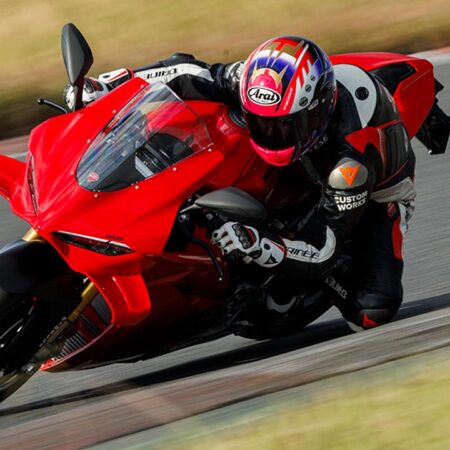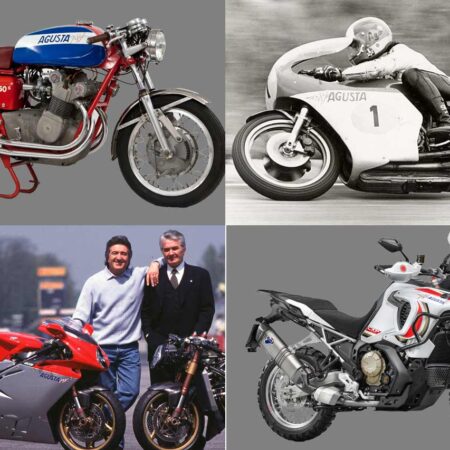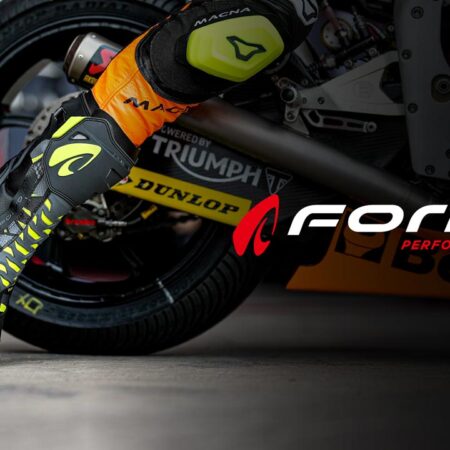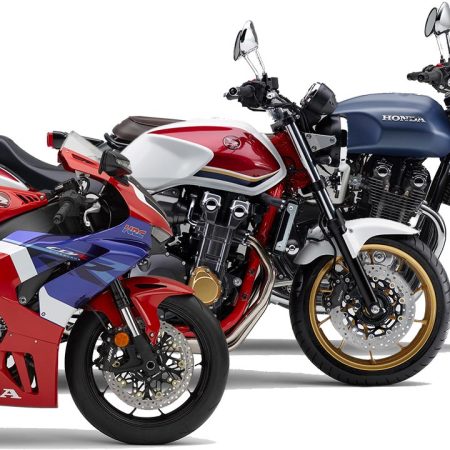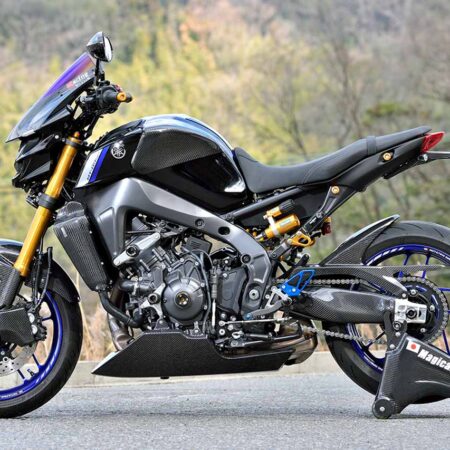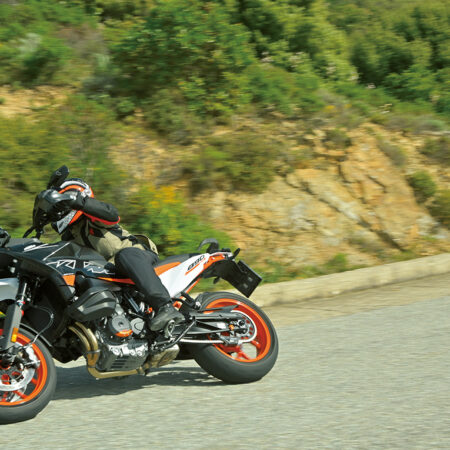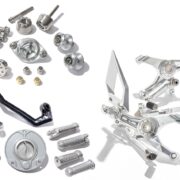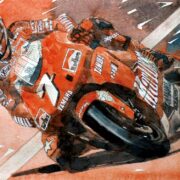An explanatory article on motorcycle engine basics, trivia and historic masterpieces
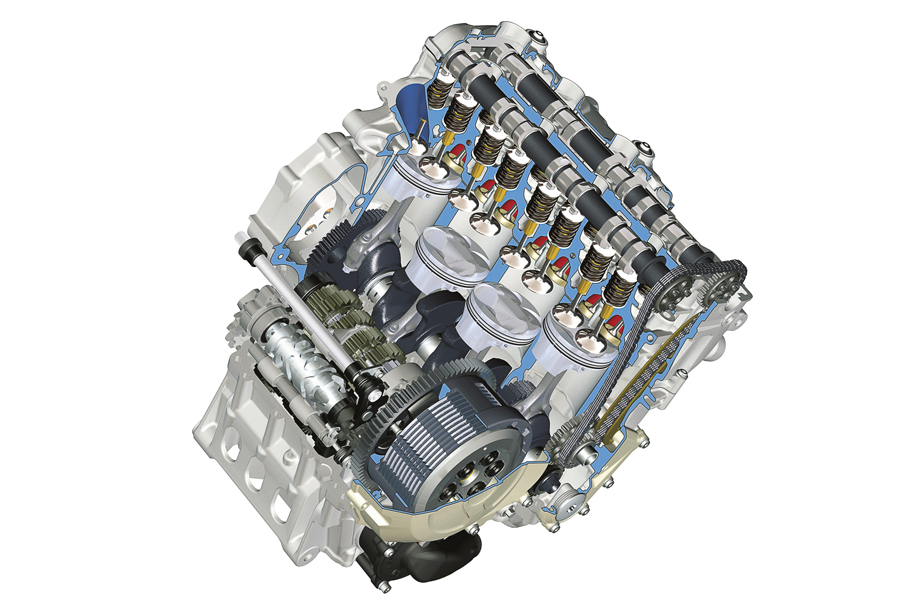
First on engine basics, let’s learn ‘valve forms’ and ‘stroke’
The personality of an engine changes by the valve configuration
The valve forms have radically changed for the pursuit of high rotations and outputs. In 1970’s, SV was eliminated, the valve configuration rapidly evolved from OHV to DOHC.
SV (side valve)
Intake and exhaust valves are arrayed at the sides of a piston. The combustion chamber is large where high compression does not lead to high rotations, and at present this valve configuration is almost eradicated.
OHC (overhead camshaft)
A cam is located above the valves to dissolve ‘pushrod dances’ at high rotation. The valve configuration contains only a cam and is also called SOHC (single overhead camshaft.)
OHV (overhead valve)
This aims at the improvement of intake and exhaust efficiency, and the miniaturization of combustion chamber (high compression.) Valves are located above the piston, and opened and closed by pushrods.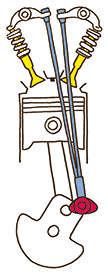
DOHC (double overhead camshaft)
This attempts to realize higher rotations than OHC, and independent cams open and close intake and exhaust valves respectively. There are also sub-classifications, direct push-on-valve and rocker arm types.
The explosion arises by two rotations of the crank in four-stroke and by one rotation of the crank in two-stroke
In four-stroke engines, a piston move generates intake, compression, explosion and exhaust individually. An explosion rises in two crank motions, i.e. four piston motions. On the other hand, in two-stroke engines, an upward motion by the piston makes intake and compression, and a downward motion causes explosion and exhaust. Then, an explosion occurs in a crank motion (i.e. two piston motions.)
Four-stroke
(1)A downward motion of the piston opens the intake valve where air-fuel mixture is drawn in.
(2)An upward motion compresses air-fuel mixture.
(3)Air-fuel mixture is ignited at the plug and the explosion brings down the piston.
(4)The piston moves up and emits exhaust gas.
Two-stroke
(1)Air-fuel mixture is drawn into the crankcase by an upward motion of the piston, and compressed and ignited.
(2)Explosion forces the piston down and compresses air-fuel mixture, and intake and exhaust occur simultaneously in transfer ports.





